Home>Gardening & Outdoor>Pool & Spa Care>How To Insulate A Inflatable Hot Tub
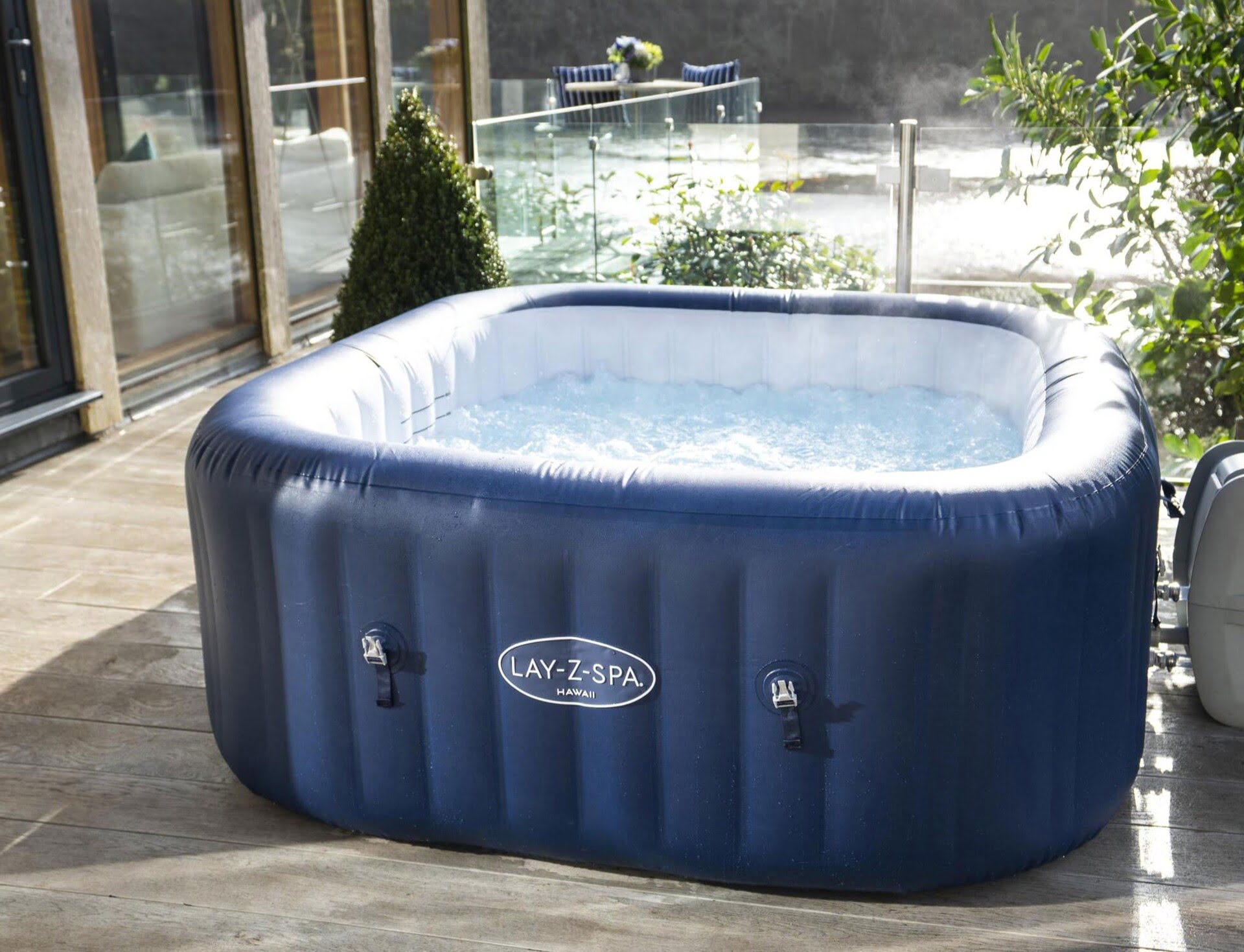

Pool & Spa Care
How To Insulate A Inflatable Hot Tub
Modified: January 9, 2024
Learn how to properly insulate an inflatable hot tub to improve energy efficiency and save on heating costs with our expert pool and spa care tips. Discover the best insulation methods today!
(Many of the links in this article redirect to a specific reviewed product. Your purchase of these products through affiliate links helps to generate commission for Storables.com, at no extra cost. Learn more)
**
Introduction
**
So, you've invested in an inflatable hot tub, and now you want to make sure it stays warm and cozy for as long as possible. Proper insulation is the key to retaining heat and maximizing energy efficiency, keeping your hot tub enjoyable and cost-effective to use. In this comprehensive guide, we'll explore the various types of insulation for inflatable hot tubs, the materials needed for the insulation process, and the step-by-step instructions to effectively insulate your portable spa. Additionally, we'll delve into the numerous benefits of proper insulation, highlighting why this maintenance task is crucial for every inflatable hot tub owner. Whether you're a seasoned hot tub enthusiast or a newcomer to the world of portable spas, this article will equip you with the knowledge and skills to ensure that your inflatable hot tub remains a source of relaxation and enjoyment for years to come. Let's dive in and discover how to insulate an inflatable hot tub like a pro!
Key Takeaways:
- Proper insulation for inflatable hot tubs retains heat, saves energy, and extends usability across seasons, promoting relaxation and well-being year-round.
- Insulating an inflatable hot tub enhances comfort, reduces maintenance, and supports environmental sustainability, making it a valuable investment with long-term rewards.
Read more: How To Inflate SaluSpa Inflatable Hot Tub
Types of Insulation for Inflatable Hot Tubs
When it comes to insulating an inflatable hot tub, there are several options to consider, each with its own advantages and considerations. Understanding the different types of insulation will help you make an informed decision based on your specific needs and budget. Here are the primary types of insulation for inflatable hot tubs:
- Foam Insulation: Some inflatable hot tubs come with built-in foam insulation within the walls of the tub. This type of insulation is effective at retaining heat and can help reduce energy costs by minimizing heat loss. However, it’s essential to ensure that the foam is of high quality and properly installed to avoid potential issues such as water absorption and mold growth.
- Reflective Insulation: Reflective insulation consists of layers of reflective material designed to reflect heat back into the hot tub. This type of insulation is often used in conjunction with other insulation methods to enhance heat retention. It can be particularly beneficial in colder climates where maintaining optimal water temperature is a priority.
- Thermal Blankets: Thermal blankets are an affordable and versatile option for insulating inflatable hot tubs. These blankets are designed to float on the water’s surface, creating a barrier that helps trap heat and prevent evaporation. They are easy to install and can significantly reduce heat loss, especially when the hot tub is not in use.
- DIY Insulation: For those looking for a cost-effective approach, DIY insulation methods such as using bubble wrap or foam boards can be effective in minimizing heat loss. While these methods may not offer the same level of insulation as professional products, they can still make a noticeable difference in retaining heat and conserving energy.
Before choosing an insulation method for your inflatable hot tub, it’s important to assess your climate, usage patterns, and budget to determine which option aligns best with your needs. Additionally, consulting the manufacturer’s recommendations and seeking advice from experts can provide valuable insights into the most suitable insulation approach for your specific hot tub model.
Materials Needed for Insulating an Inflatable Hot Tub
Insulating an inflatable hot tub requires a selection of materials to effectively retain heat and enhance energy efficiency. Whether you opt for professional-grade insulation products or choose a DIY approach, having the right materials on hand is essential for a successful insulation project. Here are the key materials needed for insulating an inflatable hot tub:
- Insulation Panels or Foam: If your inflatable hot tub does not have built-in foam insulation, you may consider purchasing insulation panels or foam boards to line the interior walls of the tub. These materials help minimize heat loss and create a barrier against external temperature fluctuations.
- Reflective Insulation: Reflective insulation, such as radiant barrier foil, can be used to complement other insulation methods by reflecting heat back into the hot tub. This material is particularly effective in colder climates and can be installed on the underside of the hot tub’s cover for optimal heat retention.
- Thermal Blanket: Investing in a high-quality thermal blanket specifically designed for inflatable hot tubs is essential for reducing heat loss and evaporation. Look for a durable, UV-resistant blanket that fits the dimensions of your hot tub to ensure maximum coverage and insulation.
- Sealant and Adhesive: To secure insulation panels or foam boards in place, as well as to seal any gaps or seams, a reliable sealant and adhesive are necessary. Choose a waterproof and heat-resistant product suitable for the materials used in your insulation project.
- Measuring Tape and Cutting Tools: Accurately measuring and cutting insulation materials is crucial for achieving a precise fit within the hot tub. A measuring tape and cutting tools, such as a utility knife or scissors, are indispensable for customizing insulation panels and blankets to the appropriate dimensions.
- Cover Clips or Straps: If your inflatable hot tub has a cover, securing it in place with cover clips or straps is vital for maintaining insulation and preventing heat loss. Ensure that the clips or straps are durable and easy to fasten and unfasten as needed.
- Cleaners and Surface Preparation Products: Before installing insulation materials, it’s essential to clean and prepare the interior surfaces of the hot tub to ensure proper adhesion and effectiveness of the insulation. Utilize appropriate cleaners and surface preparation products recommended for the specific materials of your hot tub.
By gathering these essential materials and ensuring that they are compatible with your inflatable hot tub, you can embark on the insulation process with confidence, knowing that you have the necessary components to optimize heat retention and create a more energy-efficient hot tub environment.
Consider using a floating thermal blanket to insulate your inflatable hot tub. This can help retain heat and reduce energy costs.
Steps to Insulate an Inflatable Hot Tub
Insulating an inflatable hot tub involves a series of steps designed to create a thermal barrier that retains heat and enhances energy efficiency. By following these comprehensive guidelines, you can effectively insulate your portable spa, ensuring that it remains warm and inviting for relaxing soaks. Here are the essential steps to insulate an inflatable hot tub:
- Clean the Interior: Begin by thoroughly cleaning the interior surfaces of the hot tub to remove any debris, oils, or contaminants. Use a mild, non-abrasive cleaner recommended for the specific material of your hot tub, and rinse the surfaces with clean water to ensure a pristine foundation for the insulation materials.
- Measure and Cut Insulation: Take precise measurements of the interior walls of the hot tub and cut insulation panels or foam boards to fit the dimensions accurately. Use a measuring tape and cutting tools to customize the insulation materials, ensuring a snug and effective fit within the tub.
- Apply Insulation: Install the insulation panels or foam boards along the interior walls of the hot tub, securing them in place with an appropriate adhesive or sealant. Pay close attention to corners, seams, and areas where heat loss is most likely to occur, ensuring that the insulation creates a continuous barrier against temperature fluctuations.
- Install Reflective Insulation: If using reflective insulation, apply it to the underside of the hot tub’s cover to enhance heat retention. Ensure that the reflective material is positioned to reflect heat back into the water, maximizing the insulation’s effectiveness.
- Fit Thermal Blanket: Place the thermal blanket on the water’s surface, ensuring that it covers the entire area of the hot tub. Smooth out any wrinkles or folds to create a tight seal that minimizes heat loss and evaporation, especially during periods of inactivity.
- Secure the Cover: If your inflatable hot tub includes a cover, fasten it securely using cover clips or straps to maintain insulation and prevent heat escape. Verify that the cover is properly aligned and sealed to optimize energy efficiency.
- Monitor and Adjust: Regularly monitor the effectiveness of the insulation by assessing the water temperature and energy consumption. Make any necessary adjustments to the insulation materials or methods based on your observations, ensuring that the hot tub remains optimally insulated over time.
By methodically following these steps and paying attention to detail, you can insulate your inflatable hot tub with confidence, knowing that you have taken the necessary measures to preserve heat, reduce energy costs, and prolong the enjoyment of your portable spa.
Benefits of Properly Insulating an Inflatable Hot Tub
Proper insulation is a crucial aspect of maintaining an inflatable hot tub, offering a multitude of benefits that enhance the overall experience of owning and using a portable spa. By effectively insulating your hot tub, you can enjoy numerous advantages that contribute to comfort, energy efficiency, and long-term satisfaction. Here are the key benefits of properly insulating an inflatable hot tub:
- Enhanced Heat Retention: Proper insulation minimizes heat loss from the hot tub, allowing the water to maintain a consistently warm and inviting temperature. This not only enhances comfort during use but also reduces the need for frequent heating, contributing to energy savings and prolonged enjoyment of the hot tub.
- Energy Efficiency: Insulating an inflatable hot tub helps optimize energy efficiency by reducing the workload on the heating system. With less heat escaping from the tub, the heating element can operate more efficiently, resulting in lower energy consumption and reduced operating costs over time.
- Extended Seasonal Use: Effective insulation enables hot tub owners to enjoy their spa throughout various seasons, including colder months. By retaining heat more efficiently, properly insulated hot tubs can provide a cozy and relaxing environment even in chilly weather, expanding the opportunities for year-round use.
- Minimized Heat-Up Time: A well-insulated hot tub heats up more quickly and maintains its temperature, allowing for prompt and convenient use whenever desired. This can be particularly advantageous for individuals seeking spontaneous relaxation or entertainment in their hot tub without waiting for prolonged heat-up periods.
- Reduced Maintenance: With improved heat retention and minimized heat loss, properly insulated hot tubs can experience reduced strain on the heating system and associated components. This can lead to decreased maintenance requirements and prolonged equipment longevity, ultimately contributing to a more sustainable and cost-effective ownership experience.
- Comfort and Relaxation: Maintaining optimal water temperature through proper insulation enhances the overall comfort and relaxation benefits of using an inflatable hot tub. Whether enjoying a solo soak or entertaining guests, the consistently warm water promotes a soothing and enjoyable experience, promoting stress relief and well-being.
- Environmental Considerations: By conserving energy and reducing heat loss, properly insulated hot tubs contribute to environmental sustainability by minimizing energy consumption and associated greenhouse gas emissions. This aligns with eco-conscious practices and supports efforts to reduce the ecological impact of hot tub ownership.
By recognizing and capitalizing on these benefits, hot tub owners can make informed decisions about insulating their inflatable spas, ultimately enhancing their enjoyment, cost-effectiveness, and environmental responsibility. Proper insulation is a valuable investment that yields long-term rewards, making it an essential consideration for every inflatable hot tub enthusiast.
Conclusion
Insulating an inflatable hot tub is a fundamental aspect of maximizing its performance, comfort, and energy efficiency. By understanding the various types of insulation available, gathering the necessary materials, and following a systematic approach to insulation, hot tub owners can significantly enhance their overall experience and satisfaction with their portable spa. Proper insulation not only contributes to heat retention and energy savings but also extends the usability of the hot tub across different seasons, promoting relaxation and well-being throughout the year.
Furthermore, the benefits of properly insulating an inflatable hot tub encompass improved comfort, reduced maintenance, and environmental considerations, aligning with the principles of sustainability and responsible ownership. By investing in effective insulation and adhering to best practices, hot tub enthusiasts can create an inviting and energy-efficient environment that supports their relaxation and leisure activities while minimizing the ecological impact of their hot tub usage.
Whether utilizing professional-grade insulation products or implementing DIY methods, the insulation process empowers hot tub owners to take proactive measures in preserving heat, reducing energy consumption, and prolonging the longevity of their hot tub equipment. Additionally, the financial savings resulting from enhanced energy efficiency and reduced maintenance requirements make proper insulation a sound investment with long-term rewards.
In conclusion, insulating an inflatable hot tub is a valuable and essential endeavor that enhances the enjoyment, sustainability, and cost-effectiveness of owning a portable spa. By prioritizing proper insulation and embracing its numerous benefits, hot tub owners can create an environment that promotes relaxation, leisure, and environmental responsibility, ensuring that their inflatable hot tub remains a source of comfort and enjoyment for years to come.
Frequently Asked Questions about How To Insulate A Inflatable Hot Tub
Was this page helpful?
At Storables.com, we guarantee accurate and reliable information. Our content, validated by Expert Board Contributors, is crafted following stringent Editorial Policies. We're committed to providing you with well-researched, expert-backed insights for all your informational needs.
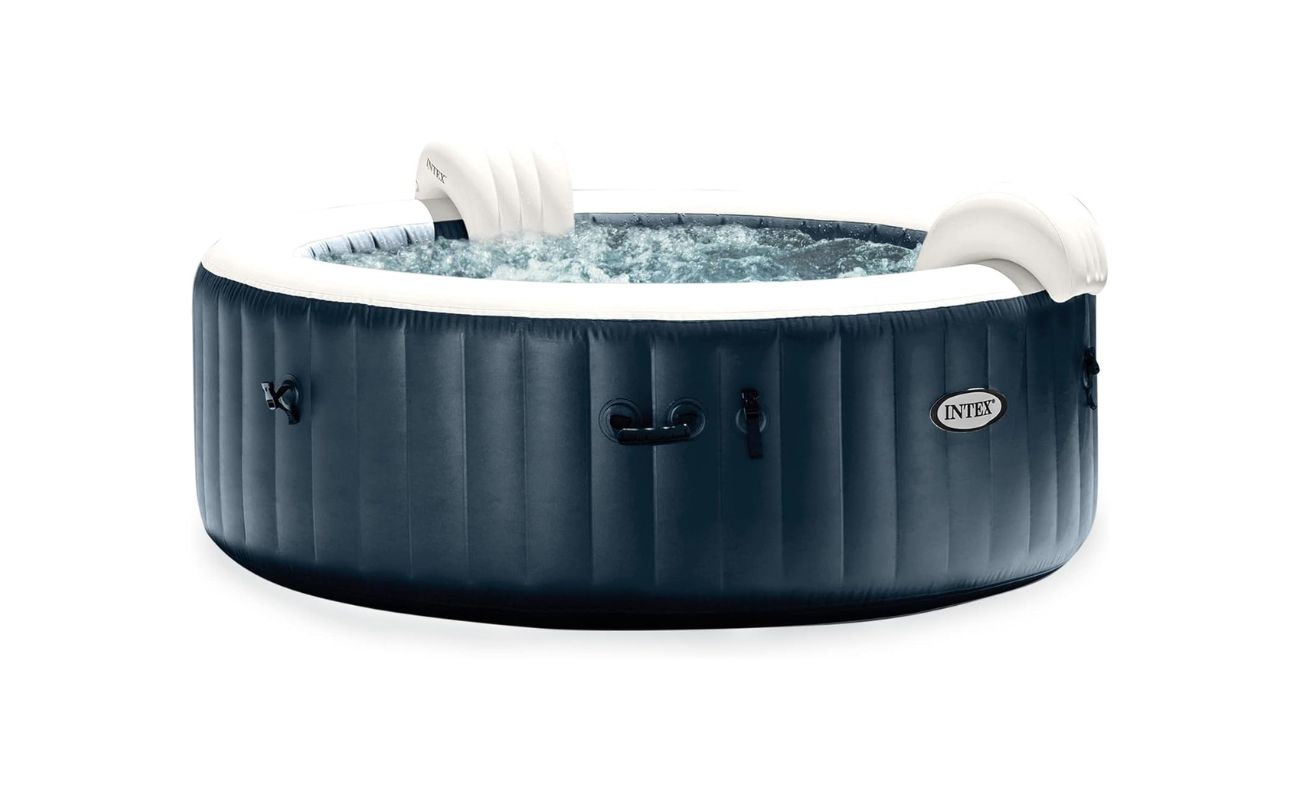
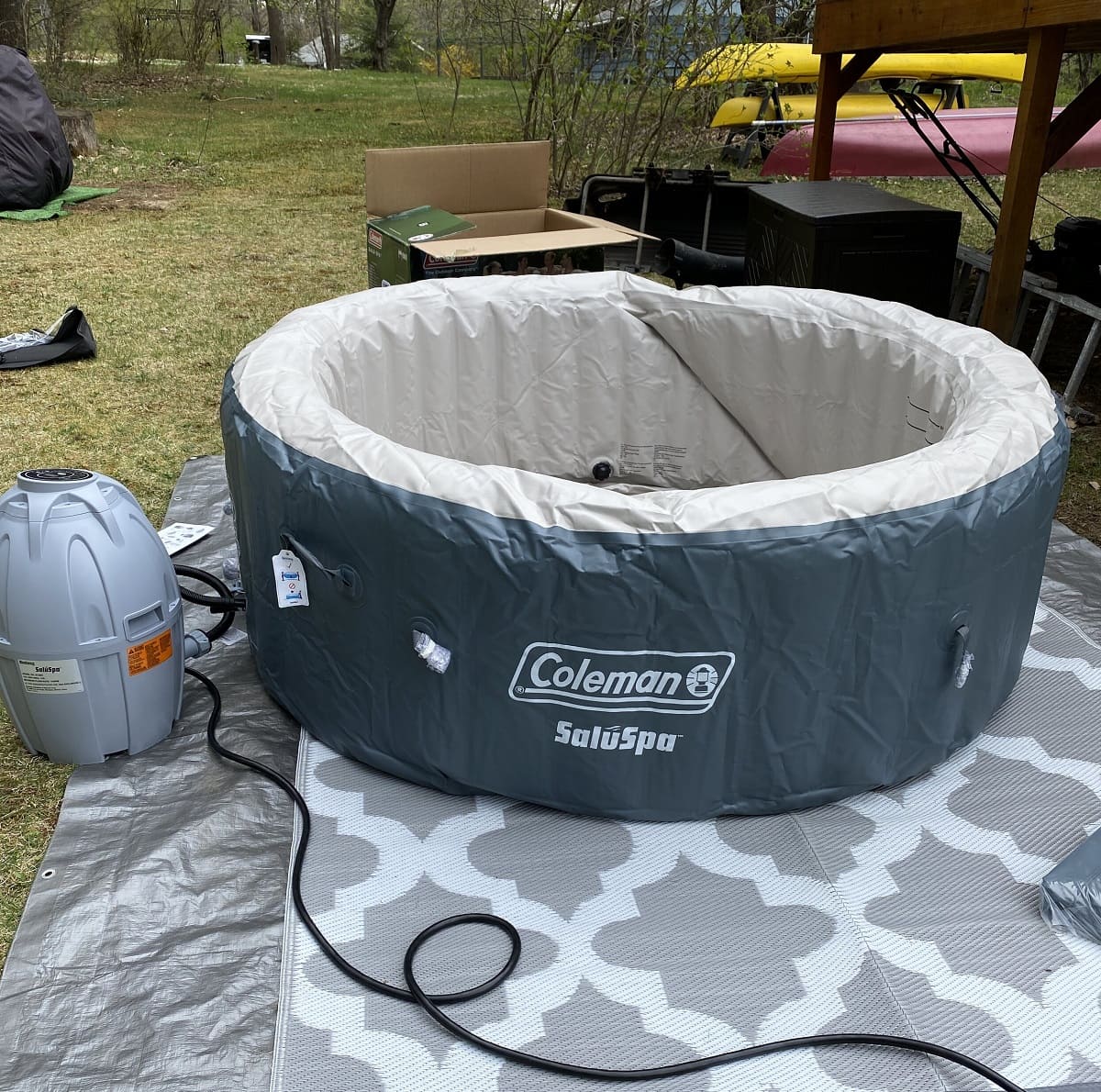
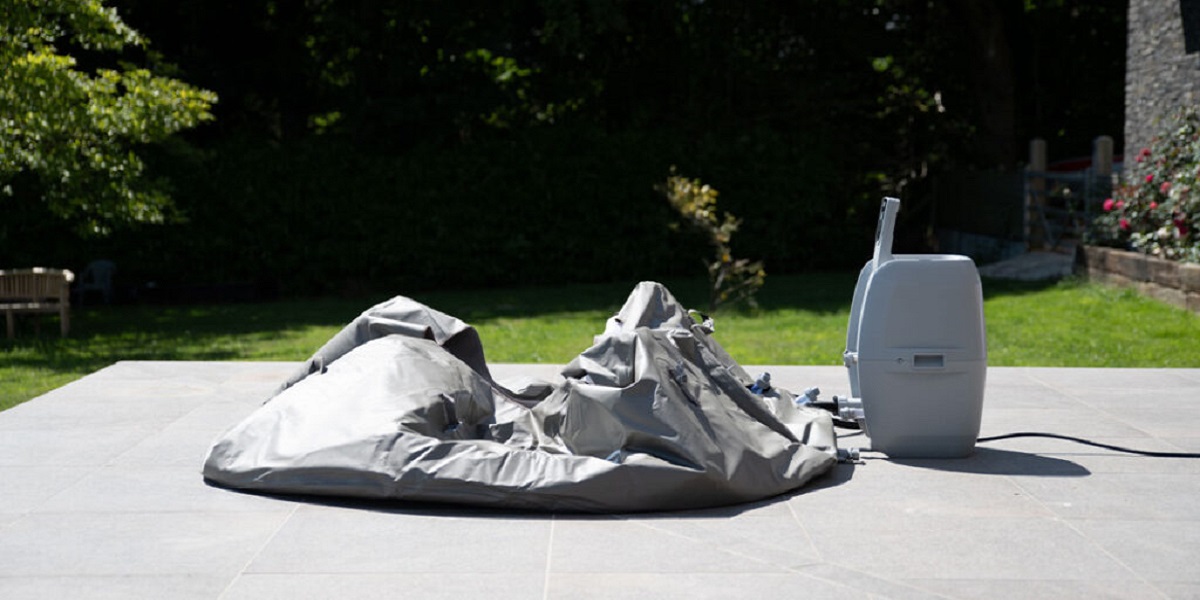
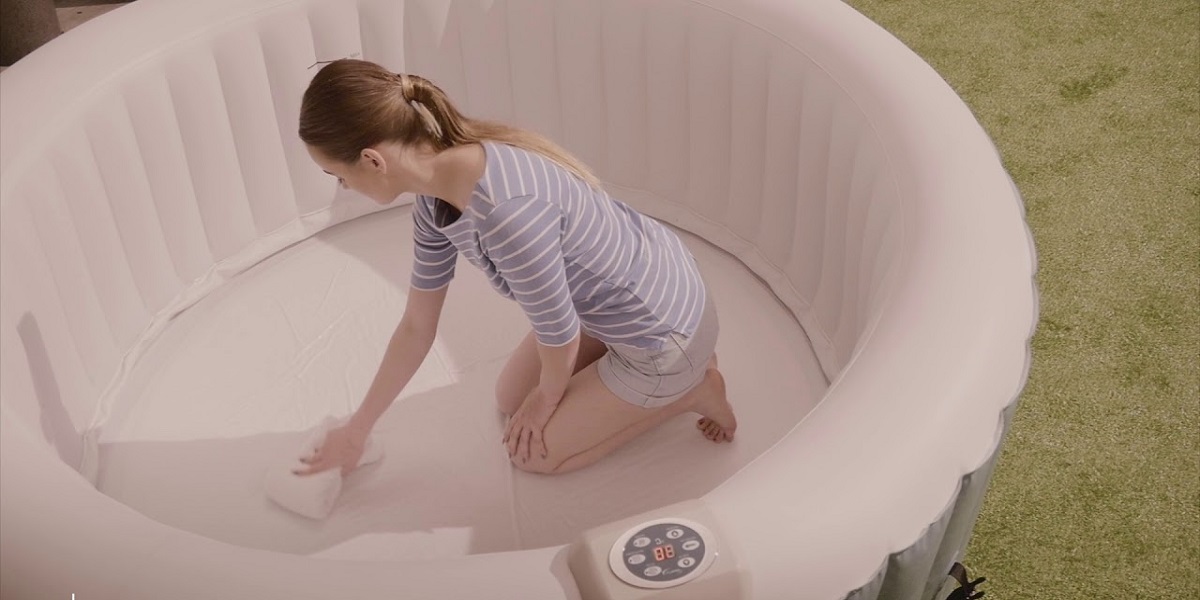
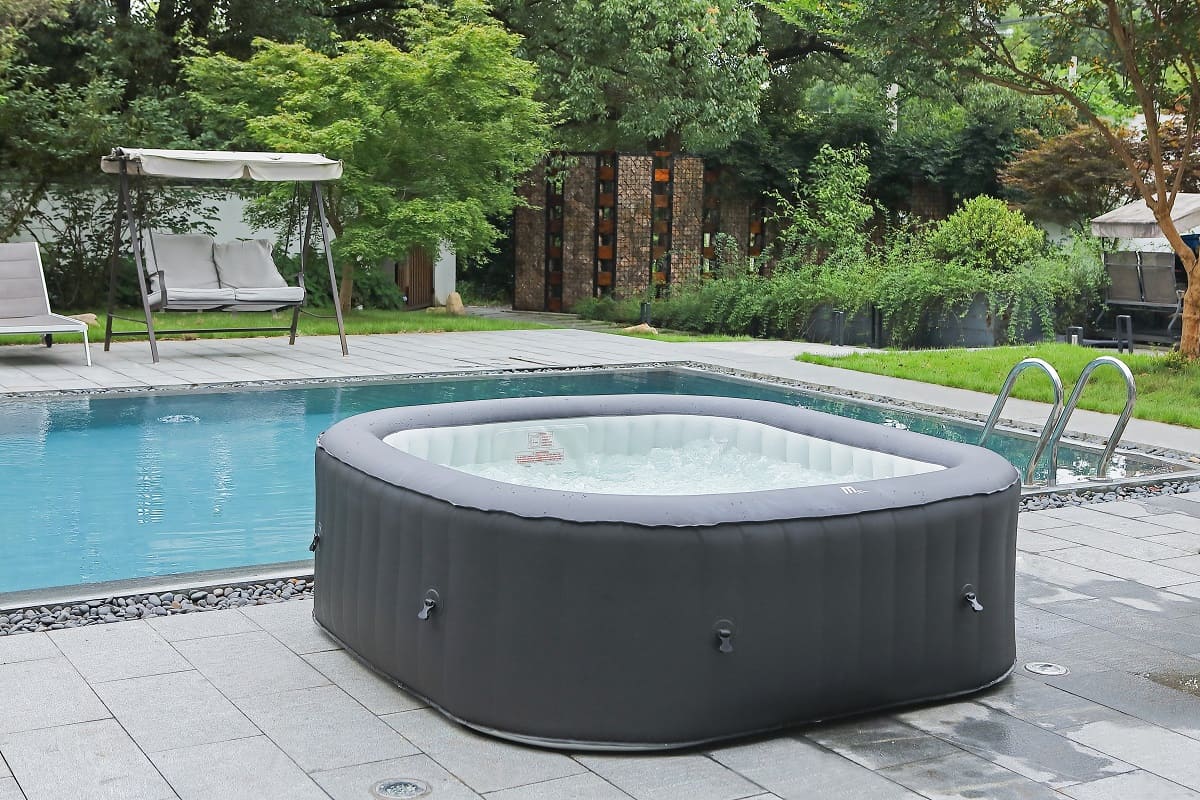

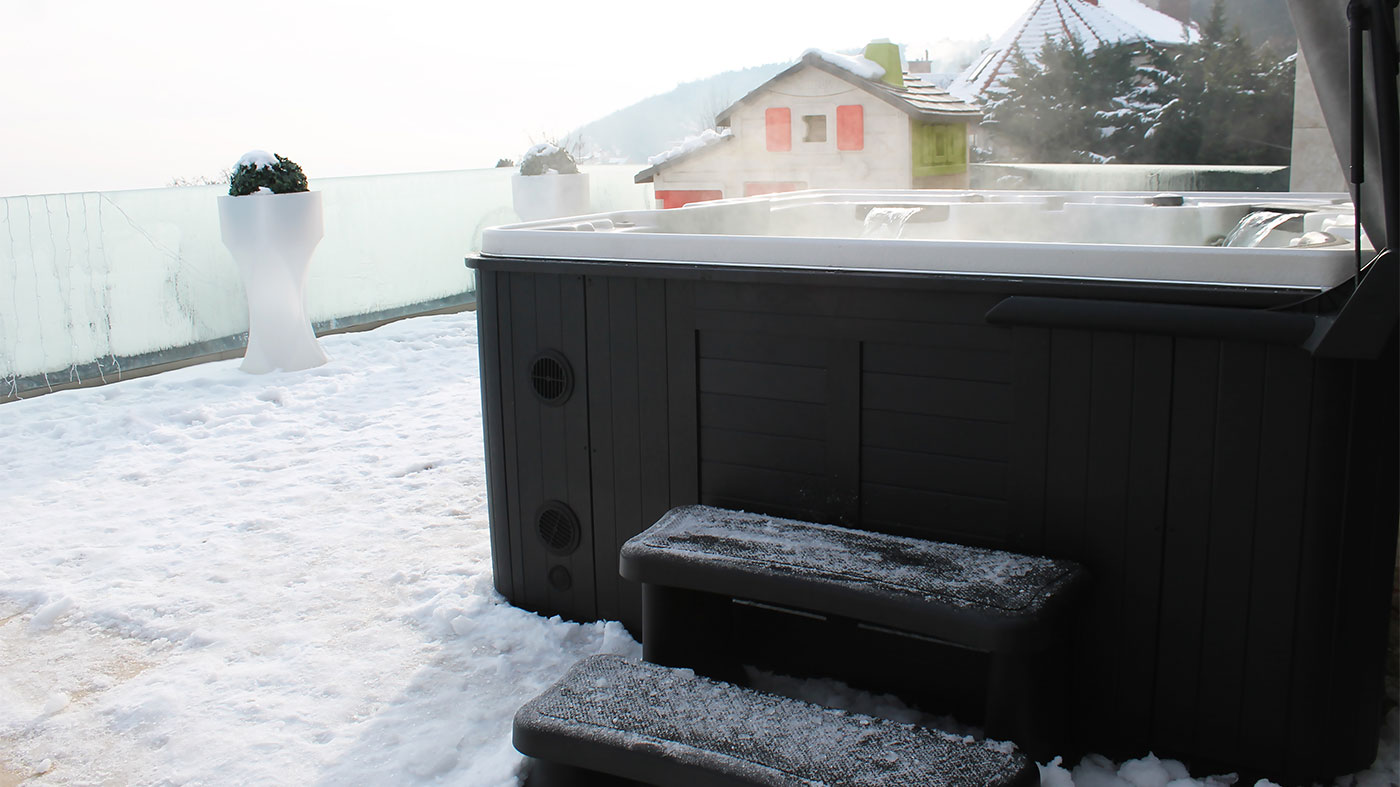
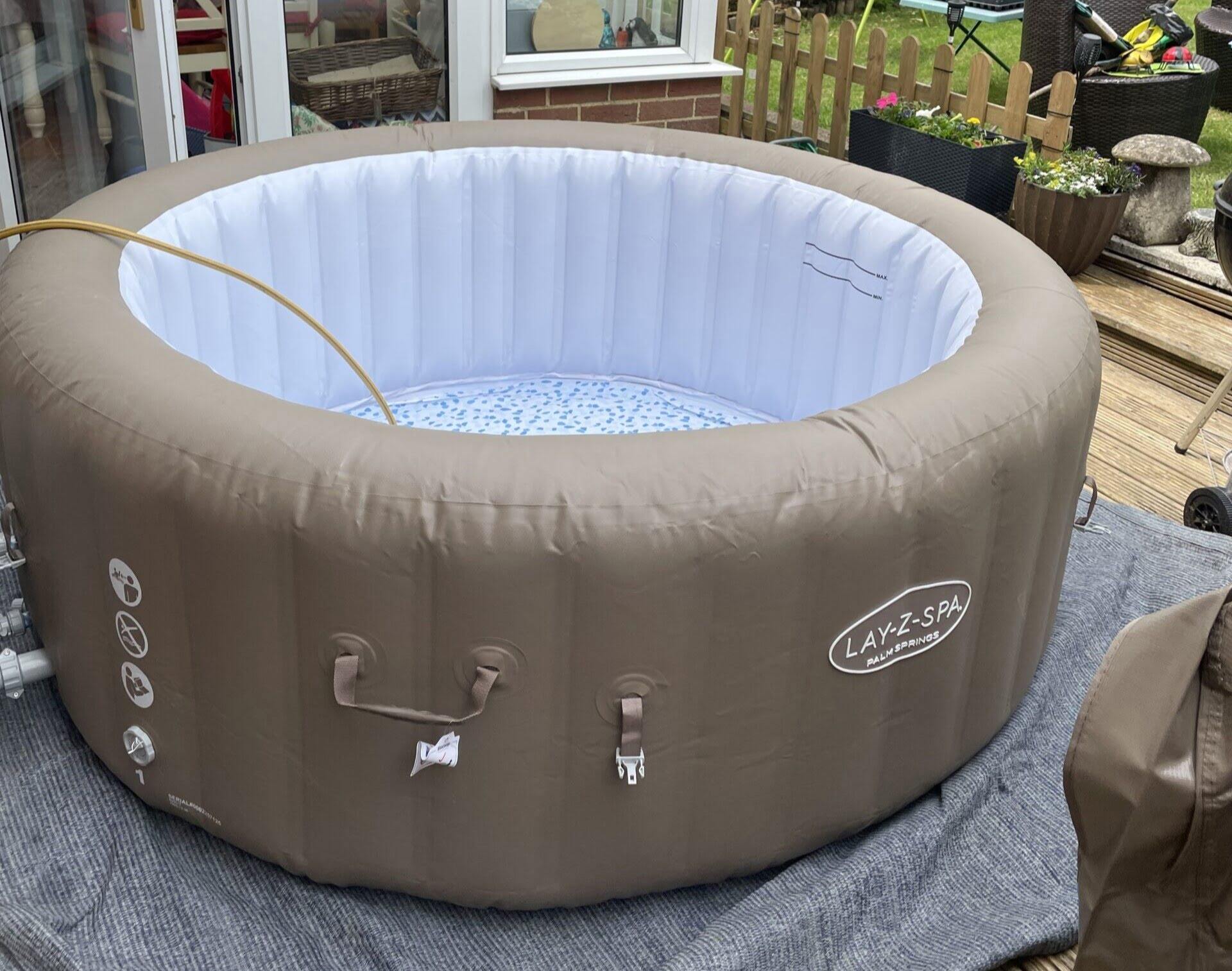
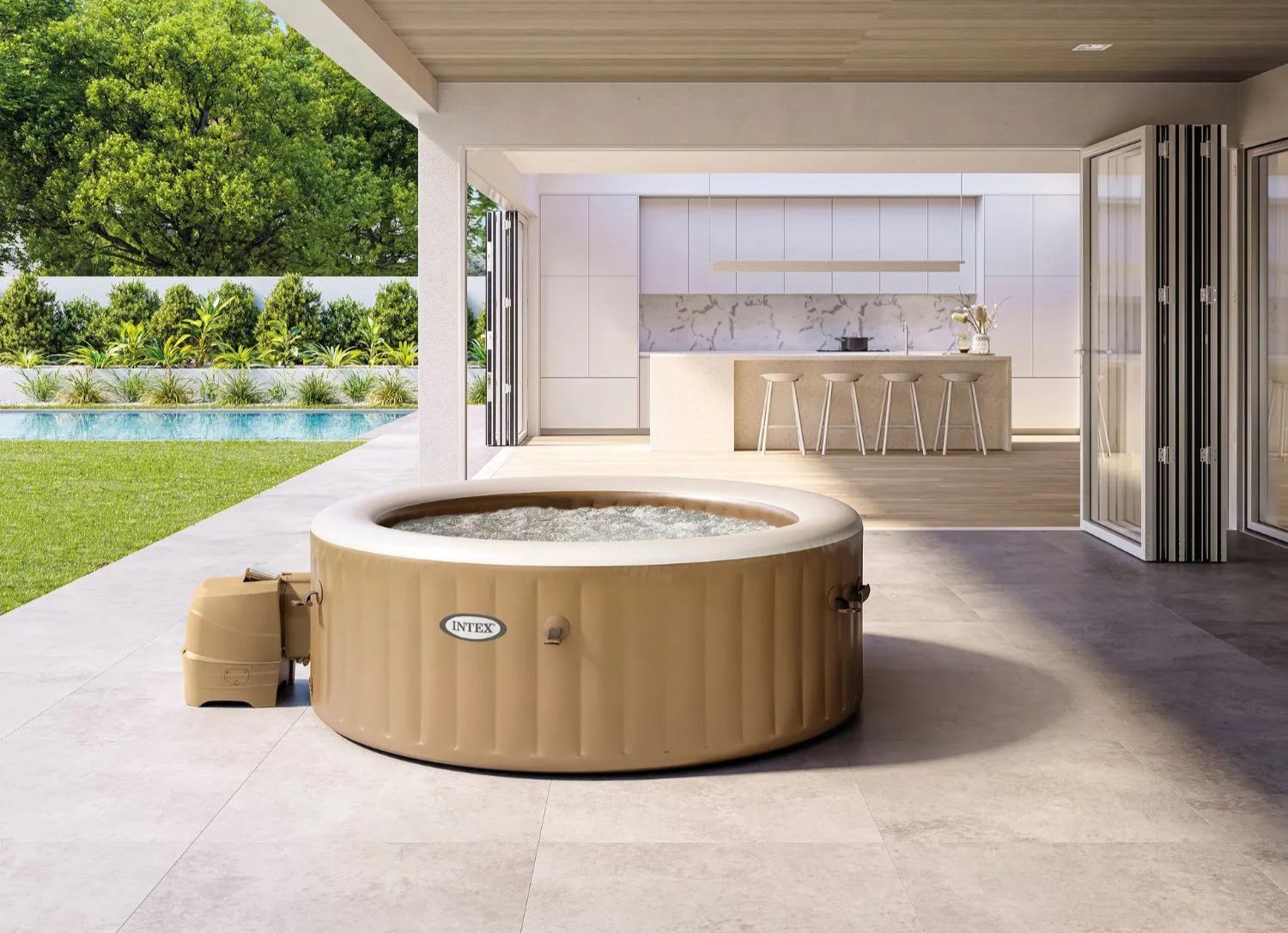

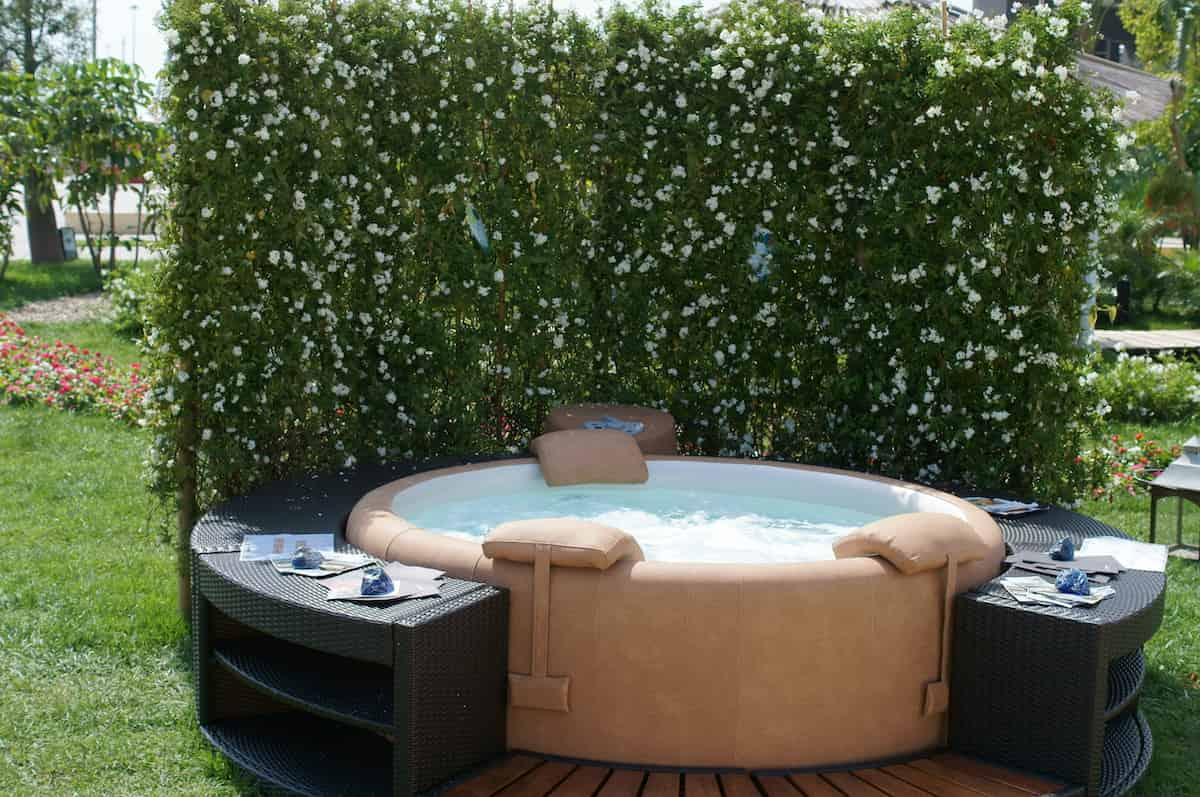
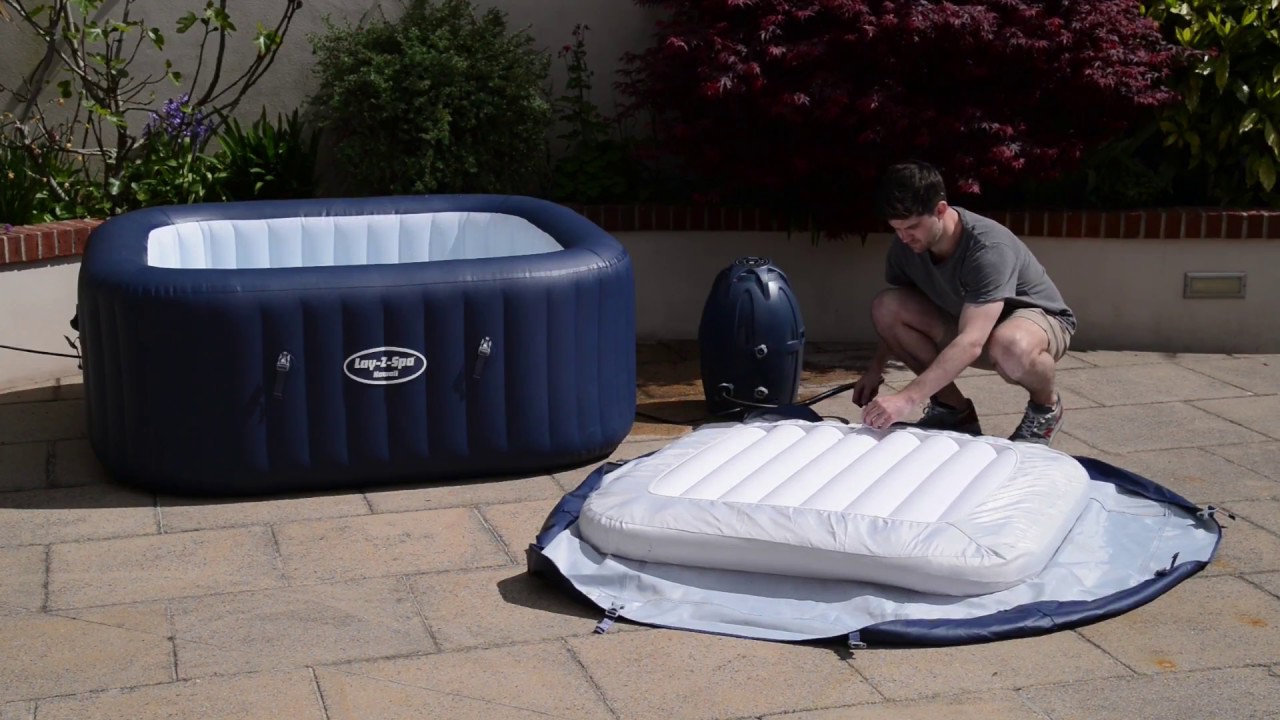
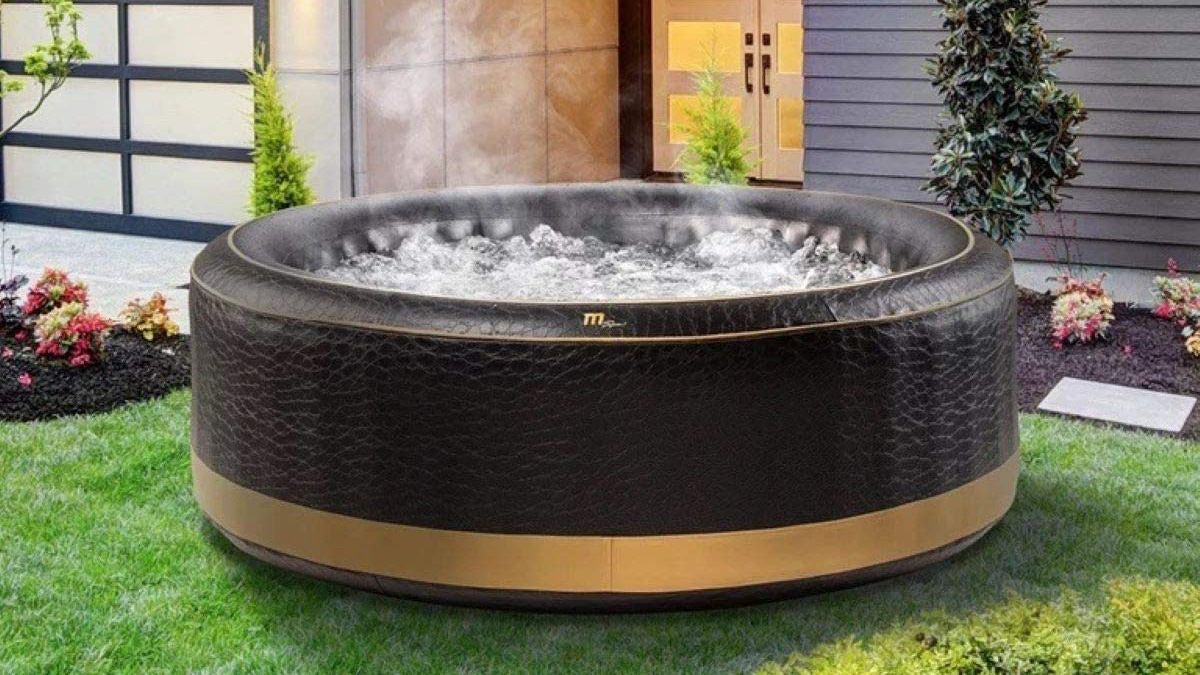
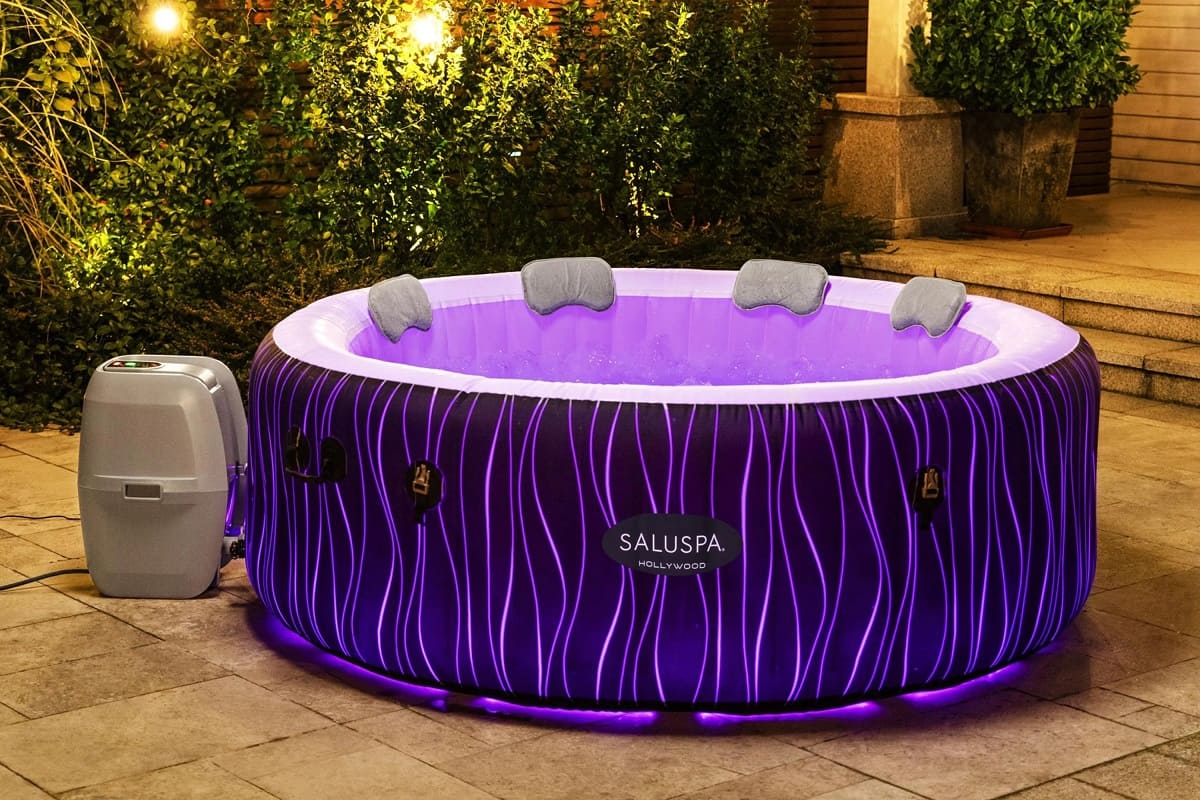

0 thoughts on “How To Insulate A Inflatable Hot Tub”